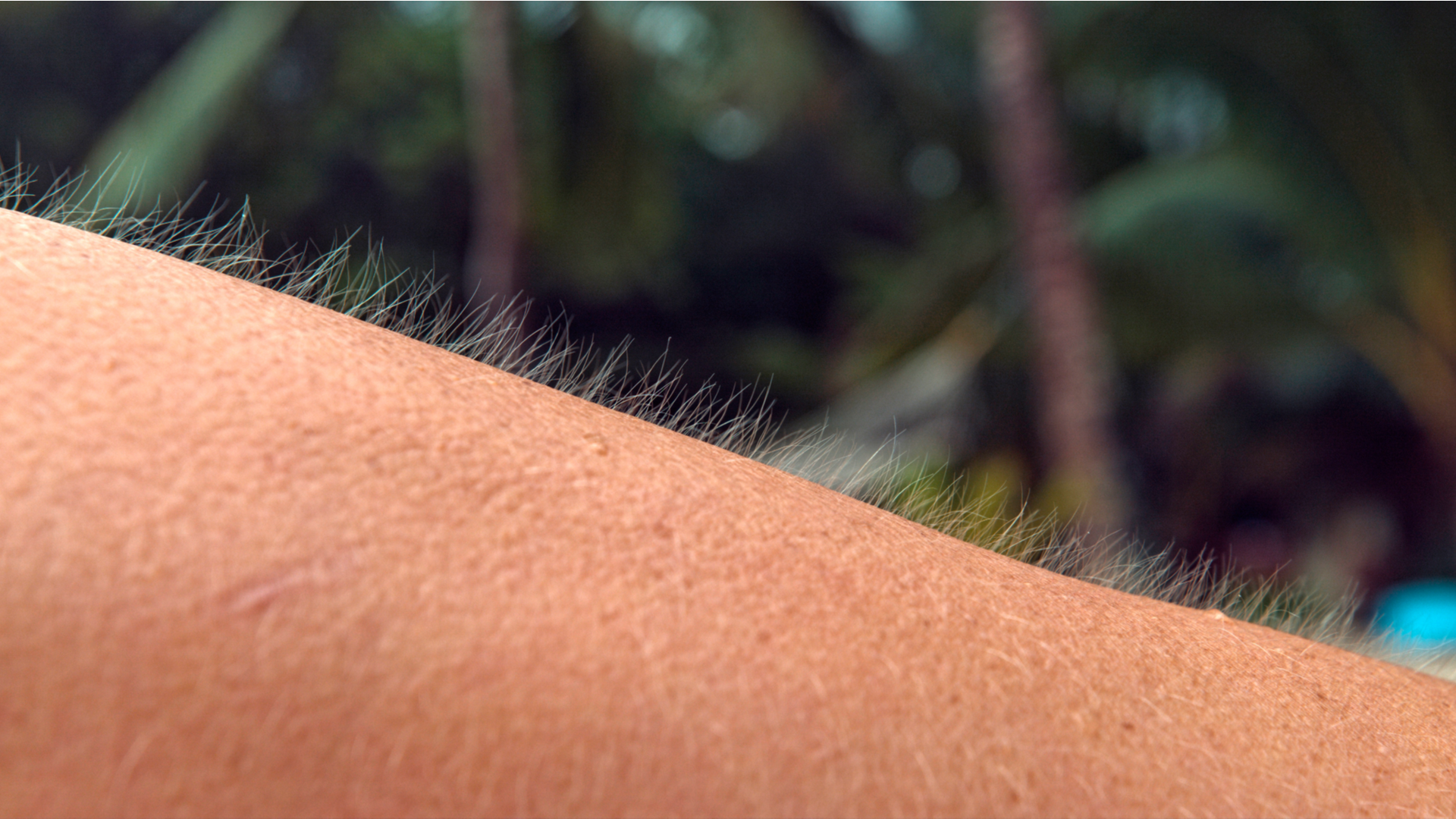- Body chills are commonly caused by cold external temperatures, or changing internal temperatures, such as when you have a fever.
- When you have chills without a fever, causes may include low blood sugar, anxiety or fear, or intense physical exercise.
- To get rid of chills, you’ll need to treat the root cause, such as taking fever-reducing medications or boosting blood sugar levels.
- This article was medically reviewed by Jason R. McKnight, MD, MS, a family medicine physician and clinical assistant professor at Texas A&M College of Medicine.
- Visit Insider’s Health Reference library for more advice.
Chills can be caused by cold external temperatures, a fever or changing internal temperatures, and other medical conditions like hypoglycemia or anxiety.
They are often accompanied by shivering or shaking, and raised bumps on your skin known as “goosebumps.” Here’s what you need to know about the most common causes of chills and how to relieve them.
What causes chills?
Chills are your body’s attempt to regulate or raise your internal temperature.
For example, when you’re exposed to a cold environment, your internal body temperature decreases. As a result, your body shivers to generate heat, which can be experienced as chills.
Chills also commonly occur with a fever, and in this case, your body shivers as a defense mechanism against harmful pathogens.
Infectious bacteria and viruses thrive at normal body temperature, which is about 98.6 degrees Fahrenheit. When you have an infection, your body responds with chills, which raises your internal temperature, and slows down the reproduction rate of the virus or bacteria.
That's why chills are a common symptom of many viral and bacterial infections, such as:
- Flu
- Pneumonia
- COVID-19
- Urinary tract infection (UTI)
- Malaria
- Strep throat
- Sinus infection
Chills without fever
Cold temperatures or fevers aren't the only causes of chills. Other causes include:
- Low blood sugar levels or hypoglycemia. Low blood sugar levels trigger your body's stress response, which can result in chills or shaking. Other symptoms of hypoglycemia include confusion, sweating, fatigue, and an irregular or fast heartbeat.
- An intense emotional reaction. Fear or anxiety can cause your body to sweat, which can then result in chills, since sweating lowers your internal temperature. Intense feelings of anxiety also cause your body to go into a "fight or flight" mode and release adrenaline. A surge in adrenaline can cause you to shiver or experience chills.
- Extreme physical exertion. As you exercise, your body temperature rises and your body produces sweat to prevent overheating. After a long run or another strenuous exercise, your core temperature drops. This drop, combined with a layer of sweat against the skin, can cause you to shiver as your body tries to return to a normal temperature.
How to get rid of chills
If you're experiencing chills due to a cold environment, then they should stop once you warm yourself up, says Nate Favini, MD, Medical Lead of Forward, a preventive primary care practice.
But if your chills are associated with a bacterial or viral infection, treating your fever will likely resolve your chills, says Leo Nissola, MD, an immunologist in California.
To break a fever, you can take over-the-counter medication, like Tylenol or Ibuprofen, which are common fever reducers that decrease inflammation and may help mitigate chills.
Chills themselves are not necessarily dangerous, though a high fever can be. You should seek medical care if your temperature reaches 103 degrees Fahrenheit or higher, or your fever doesn't respond to fever reducing medications, as this can be a sign of a serious illness that needs medical attention.
If you're experiencing chills for other reasons, like low blood sugar, treating the underlying cause will often resolve the issue. For example, to immediately treat a hypoglycemic attack, Nissola recommends consuming sugar, like fruit juice.
To stop a panic attack with chills, you can practice deep breathing or relaxation techniques.
If you experience chills after vigorous exercise, you should change out of your sweaty clothes as soon as you can after your workout and put on warm, dry clothes to regulate your body temperature.
Related articles from our Health Reference library:
- 4 common causes of night sweats and when to be concerned
- How to tell if you have a fever without a thermometer
- The common cold in babies: How to treat it and when to see a doctor
- Should my kid wear a face mask? Only if they're at least 2 years old
- Can you reuse a face mask? It won't be as effective if you do
